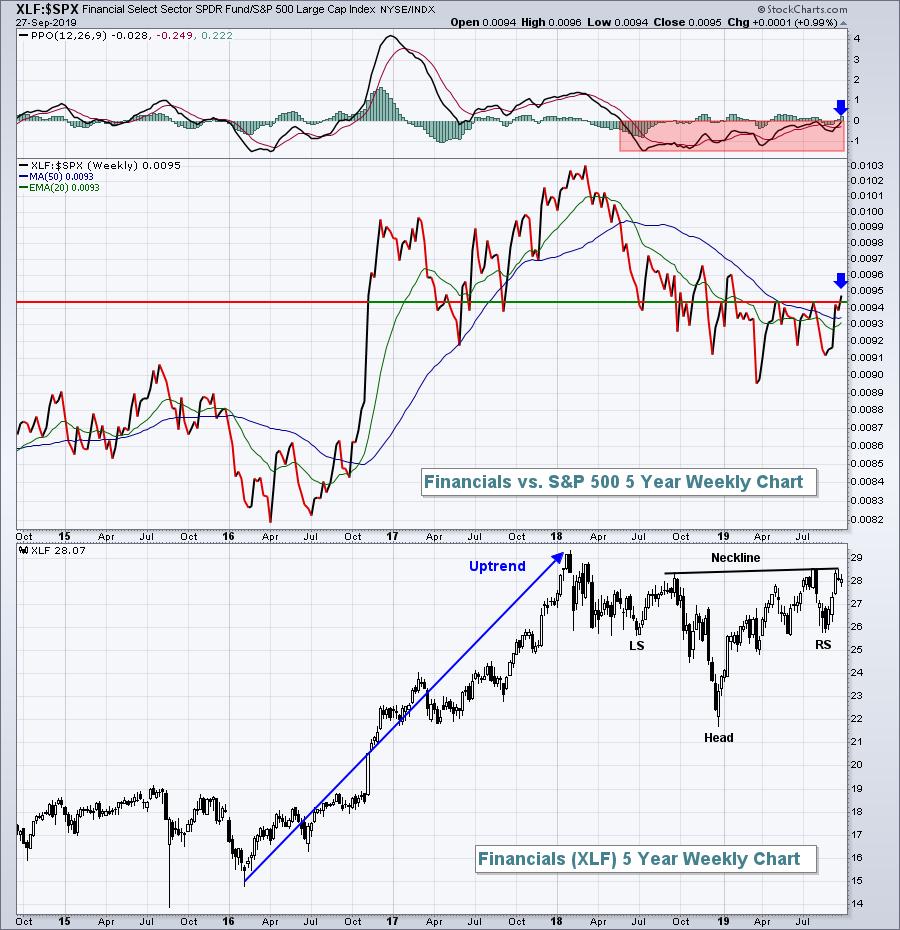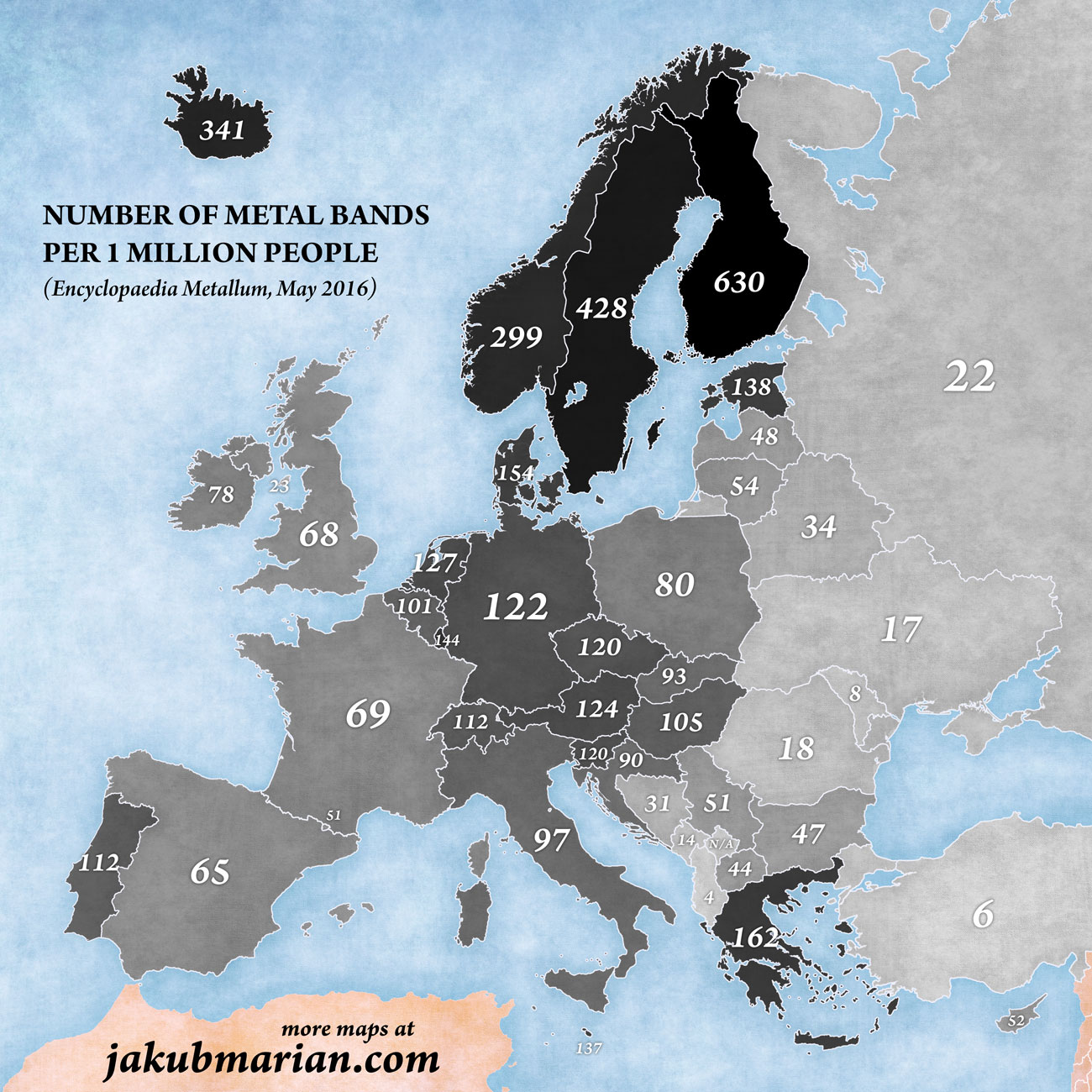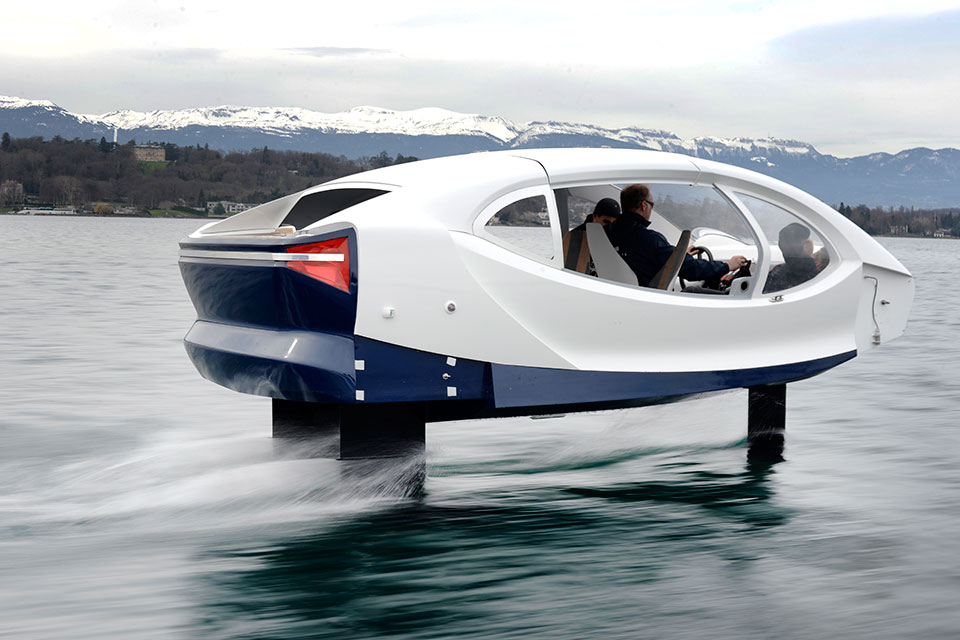In the case of India, the FT's David Keohane (now Paris, then Mumbai) was reporting almost daily on the compounding indignities which eventually boiled over into an outright fustercluck.
In the case of Germany it led to the Soviets blockading what became known as West Berlin in an attempt to force a couple million people to submit.*
From Agence France-Presse via Kenya's The Nation:
Last week a man walked into a Nairobi car yard and paid for a luxury Mercedes with a mountain of Sh1,000 banknotes, desperate to offload cash that within days would be worthless.With a deadline looming before the Central Bank of Kenya bans all old edition Sh1,000 notes, big fish with their fortunes stashed in cash are under pressure to find ways to jettison their money.
A new print of the Sh1,000 banknote, the largest denomination, was rolled out in June, with Kenyans given to September 30 to exchange their old bills at the bank or be stuck with bundles of useless cash.DIRTY MONEYThe operation is aimed at flushing out dirty money being hoarded by tax evaders, crooked businessmen and criminal groups.
Large deposits of the old notes, embossed with the image of Kenya's founding father Jomo Kenyatta, raise alarm bells at banks and require paperwork to prove their origin....MORE
Here's a post from November 2016 that references both: "Whoa: India Messes With Currency Big-Time"
Although not as dramatic* as the 1948 German currency reform when 10 Reichsmarks were swapped for 1 Deutsche Mark in the Western zones of occupation, this is still a stunning move.
From FT Alphaville:
Death of cash, India’s black money attack edition
From FT Alphaville:
Death of cash, India’s black money attack edition
You have 50 days (From 10 Nov to 30 Dec) to deposit notes of Rs 500 and Rs 1000 in any Bank or Post office,” PM Modi told the nation in a televised address to the nation....
That’s Indian prime minister Narendra Modi declaring that 500 and 1000 rupee notes will be void from December 30. You know… No big deal.
Updating with a bit of context: The notes involved here, per the FT based on RBI data, constitute some 86 of the value of all cash in circulation in India atm. And, despite being the current largest notes out there, are used daily in ordinary transaction and to pay monthly salaries, bonuses… basically everything.
It’s not really about the death of cash of course (even if you gotta say every nod to the reality of cash as the lubricant of corruption brings us further down that road) it’s about curbing the black money menace....MORE*Four days later the Soviets blockaded the city of Berlin to starve and/or freeze the population into submission which led to one of my favorite examples of clear thinking, recounted in 2008's "Ag Stocks and The Berlin Airlift (AG; MOS; MON; POT)"
If interested here is a Google search for the Keohane/Alphaville reportage:










